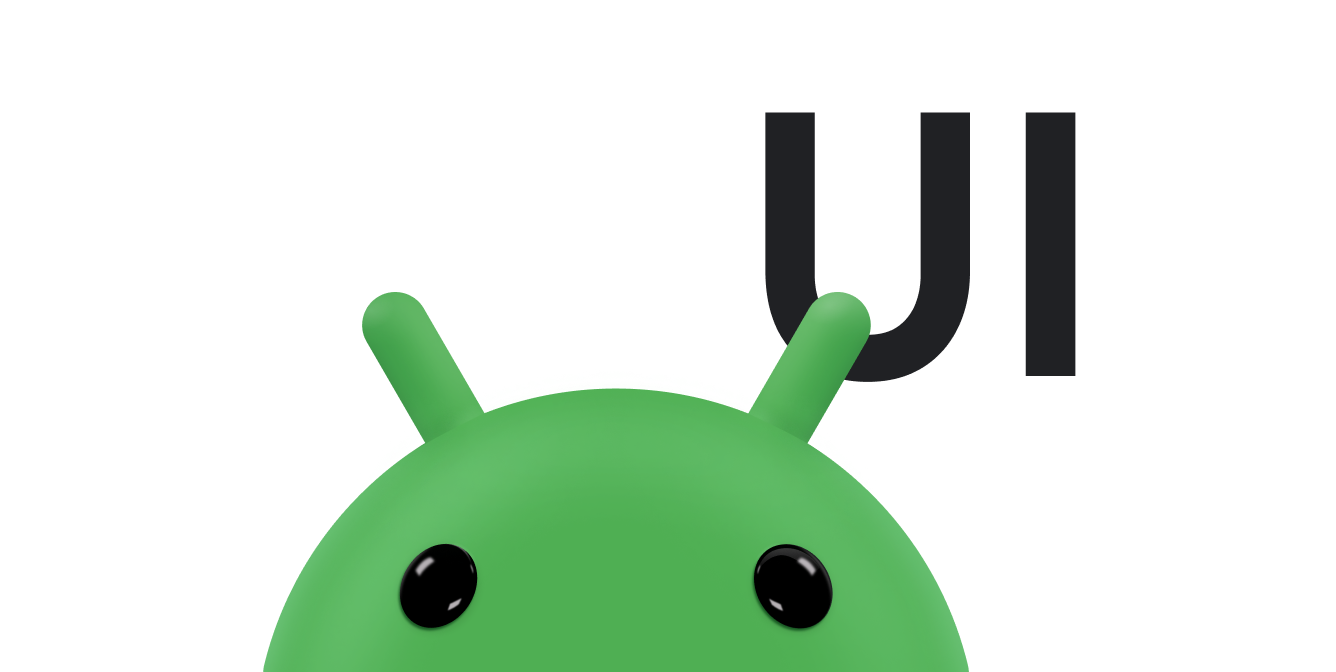Questo documento descrive come scrivere app che consentano agli utenti di interagire con un'app utilizzando gesti tattili. Android offre una serie di API per aiutarti a creare e rilevare i gesti.
Anche se l'app non deve dipendere dai gesti touch per i comportamenti di base (dato che i gesti potrebbero non essere disponibili per tutti gli utenti in tutti i contesti), l'aggiunta dell'interazione basata sul tocco all'app può aumentarne notevolmente l'utilità e l'attrattiva.
Per offrire agli utenti un'esperienza coerente e intuitiva, la tua app deve seguire le convenzioni accettate di Android per i gesti touch. Il documento Gesti di Material Design mostra come utilizzare i gesti più comuni nelle app per Android. Vedi anche Material Motion.
Per ulteriori informazioni su questo argomento, leggi le seguenti guide correlate:
- Panoramica degli eventi di input
- Panoramica dei sensori
- Rendere interattiva una visualizzazione personalizzata
Argomenti
- Rileva gesti comuni
-
Scopri come rilevare gesti di tocco di base, come scorrimento, scorrimento e doppio tocco, utilizzando
GestureDetector. - Tieni traccia dei movimenti del tocco e del puntatore
- Scopri come monitorare il movimento.
- Animazione di un gesto di scorrimento
-
Scopri come utilizzare gli
strumenti di scorrimento (
ScrolleroOverScroller) per produrre un'animazione di scorrimento in risposta a un evento tocco. - Gestire i gesti multi-touch
- Scopri come rilevare i gesti con più punti (dita).
- Trascina e ridimensiona
- Scopri come implementare il trascinamento e il ridimensionamento basati sul tocco.
- Gestire gli eventi touch in un ViewGroup
- Scopri come gestire gli eventi touch in un
ViewGroupper assicurarti che gli eventi touch vengano inviati correttamente alle visualizzazioni target.


